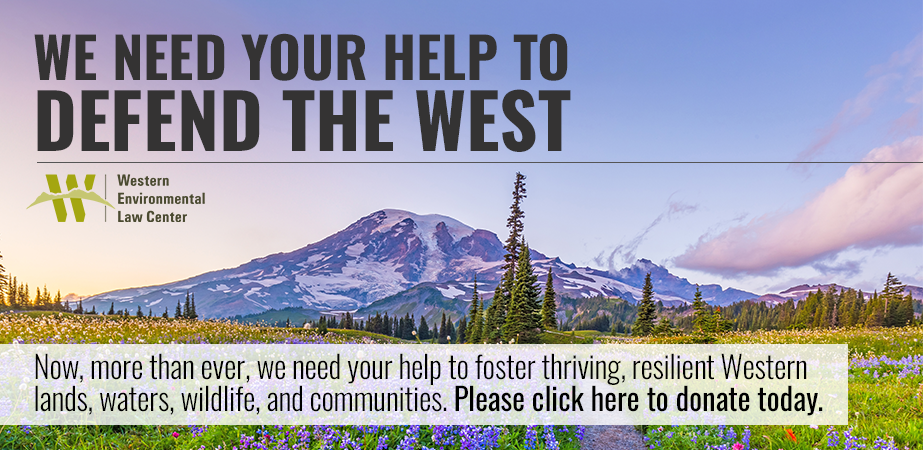New Mexico Wetland Jewels
We’re undertaking a project with Amigos Bravos to identify critical wetland jewels in the Carson and Santa Fe National Forests of New Mexico. This will help forest managers prioritize protection of these areas that provide important ecological functions. Ultimately, Wetland Jewels can be used as a tool to build ecological and community resilience in the face of climate change. Click here to view the interactive story maps of these Wetland Jewels.
By protecting Wetland Jewels across north-central New Mexico’s national forests, we do some the following:
- create habitat for wildlife
- provide clean water for downstream communities
- mitigate the risk of flooding
- maintain stream flow essential for irrigation along with wildlife and livestock forage
In the process, we reduce climate impacts such as drought, decreased snow-pack, earlier runoff, and wildfire. Wetland jewels are a keystone element of action to foster resilient, interconnected, landscape-scale ecological and community systems in New Mexico.
In 2015, wetland scientists and GIS analysts at GeoSpatial Services completed a project with the New Mexico Environment Department that updated and enhanced existing wetland information throughout Northeastern New Mexico.
The following wetland functions, or wetland characteristics that contribute to wetland functionality, were chosen as priority wetland functions for this project:
- Aquatic Invertebrate Habitat provides an indication of a wetland’s capacity to support an abundance and diversity of freshwater invertebrates that spend all of part of their life cycle underwater or in moist soils.
- Carbon Sequestration measures a wetland’s ability and effectiveness at retaining particulate and inorganic carbon, along with converting carbon dioxide gas into organic carbon.
- Coldwater wetlands are associated with streams bearing cold water fish and invertebrate species.
- Discharge wetlands are characterized by either outflow or through flow water flow paths and are contributing water to adjacent streams and rivers on a periodic or continuous basis.
- Fish Habitat (includes Fish Shade function) provides an indication of a wetland’s capacity to support an abundance of native fish species for functions other than spawning (e.g. cover/refugia, foraging, and connectivity).
- Headwater wetlands are associated with first and second order perennial and intermittent streams according to the Strahler stream classification system.
- Impaired wetlands are associated with known impaired streams as identified through the spatial intersection of wetland boundaries with impaired streams data.
- Spring-fed wetlands are wetlands where the primary water supply is from a groundwater source in the form of either springs or seeps. Springs can be wholly contained within the wetland or positioned upslope so as to provide surface flow into the wetland.
- Streamflow Maintenance measures a wetland’s ability and effectiveness to support the natural regime of the following four water sources: groundwater fluctuations, interflow through soil, precipitation events, and surface runoff.
- Surface Water Detention measures a wetland’s ability and effectiveness to store water (long or short term) or delay the down-gradient movement of surface water.


